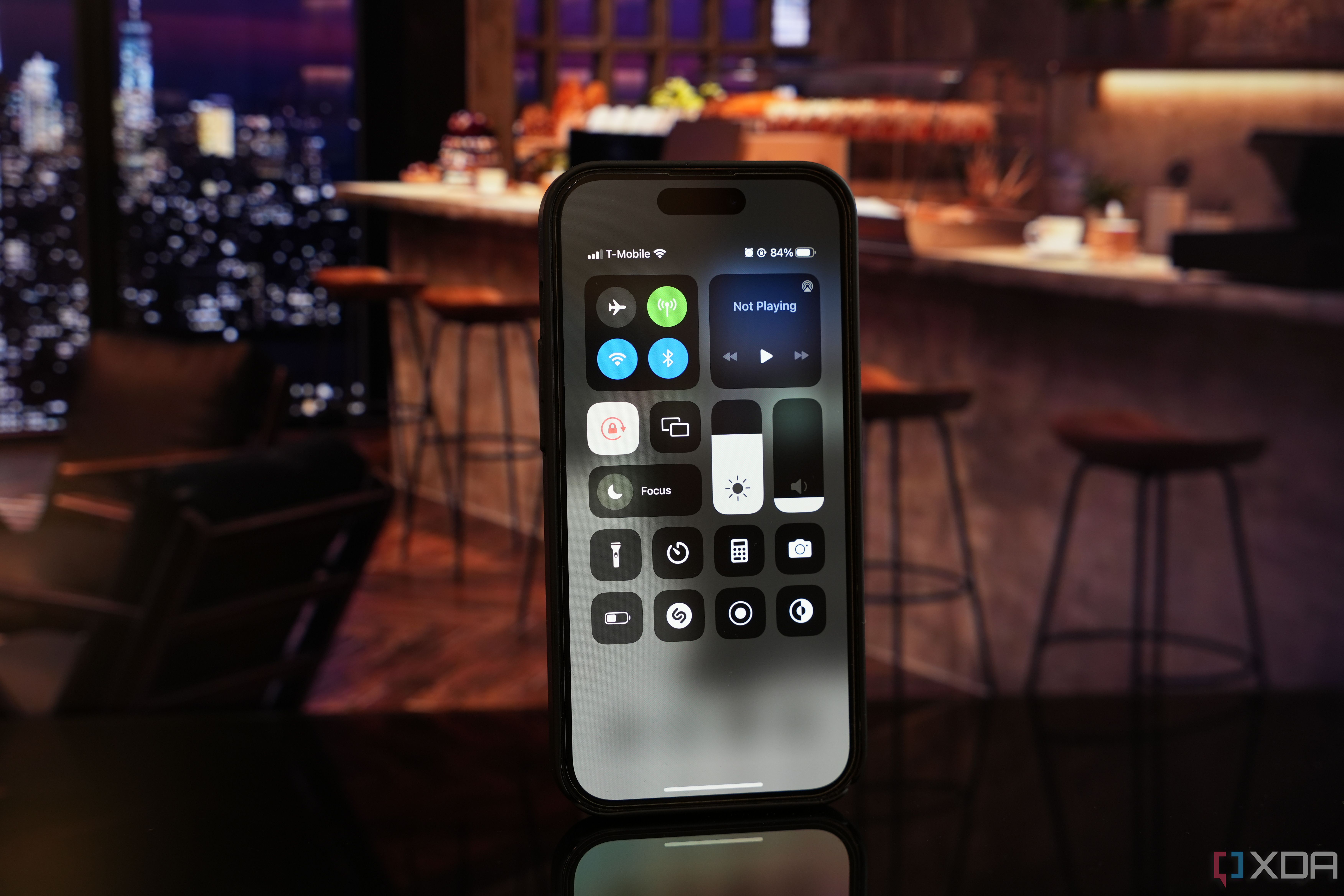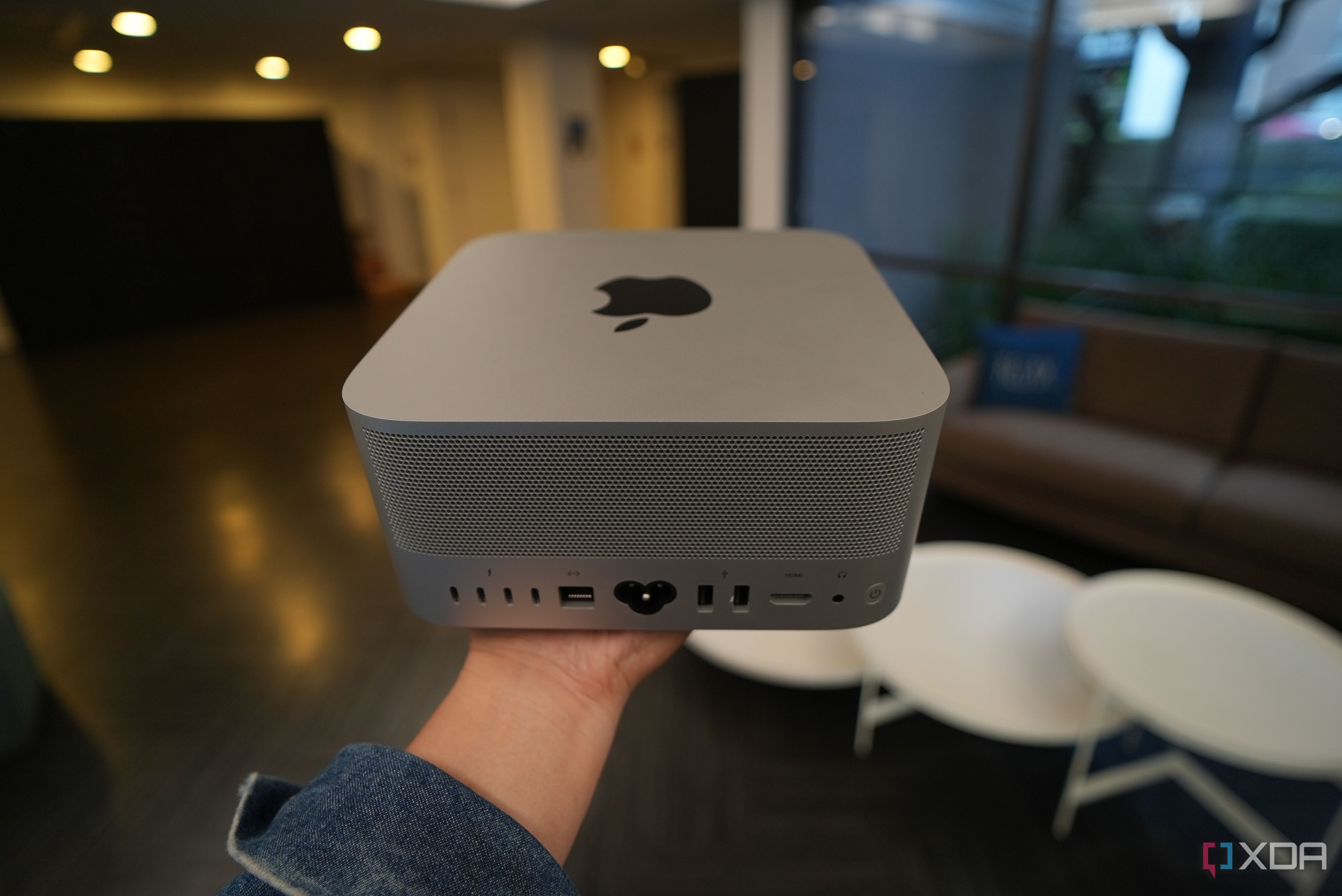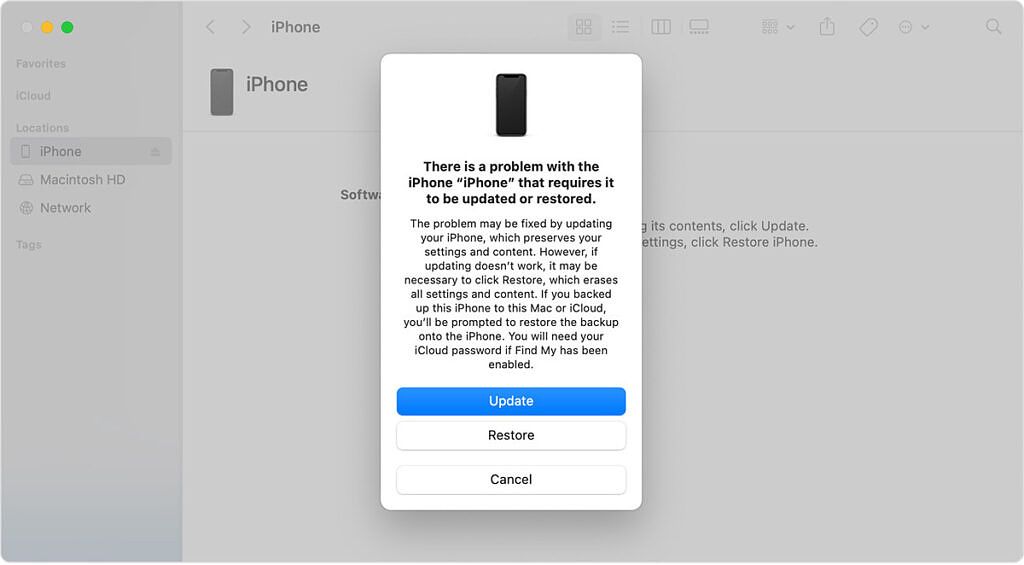Apple's latest iPhones and iPads support installing iOS and iPadOS beta versions, respectively. However, in rare cases, you risk bricking your devices in the process. This often happens if a software update is interrupted during the installation phase, or if your device's storage is at capacity. Fortunately, if the hardware isn't damaged, you can revive your iPhone or iPad using an internet-connected Mac or Windows PC. You will just need to follow the steps below, after grabbing a Lightning or USB Type-C cable (based on the available ports).
Reviving a bricked iPhone or iPad
- Connect the bricked iPhone or iPad to your computer using a compatible cable.
- Launch Finder on your Mac (with macOS Catalina or later). Alternatively, you could use iTunes on your Windows PC or Mac with macOS Mojave or earlier.
- Put your affected iPhone or iPad in recovery mode:
- If you have an iPhone 8or newer model (including the second generation iPhone SE), press the volume up button and release it quickly. Then press the volume down button and release it quickly. Finally, press and hold on the side button until you see the recovery screen.
- If you have an iPhone 7 or iPhone 7 Plus, press and hold the volume down and side buttons at the same time until the recovery screen appears.
- If you have an iPhone 6S or earlier (including first generation iPhone SE), press and hold on the home and side buttons (or home and top buttons, whichever is applicable) simultaneously until you see the recovery screen.
- If you have an iPad without a Home button, press and release the volume button next to the top button. Then press and release the other volume button, and finally press and hold the top button until the recovery screen pops up.
- If you have an iPad with a Home button, press and hold the Home and top buttons (or Home and side buttons, whichever is applicable) until you see the recovery screen.
- Finder/iTunes should then detect your bricked device.
- Finder will show your iPad or iPhone on the sidebar.
- iTunes will display the iPad's or iPhone's icon in the upper-left corner of the window.
- Click on your device in Finder or iTunes, then click either Update or Restore.
- Update will attempt to install a stable version of your device's operating system without erasing your data and files (i.e., choose this method if your photos are important to try to retain).
- If Update doesn't work, use Restore to install a stable version of your device's operating system, while also erasing your data and files (which may be necessary in some cases).
Obviously, don't disconnect your iDevice until the installation process is over. As previously mentioned, the option you choose will determine if the process preserves or wipes your data. Moreover, you won't be able to restore an iCloud Backup you've done on a newer beta version after downgrading to an older stable build. So if you didn't back up your data before switching the build, you will have to start from scratch.
As you can see, reviving a dead iPhone or iPad is a pretty straightforward process, assuming the internals aren't damaged. The downside could be losing all of your data, if you don't have a compatible iCloud Backup or if the Update function doesn't do the trick. Ultimately, restoring functionality to the iPhone or iPad will be the top priority here.




